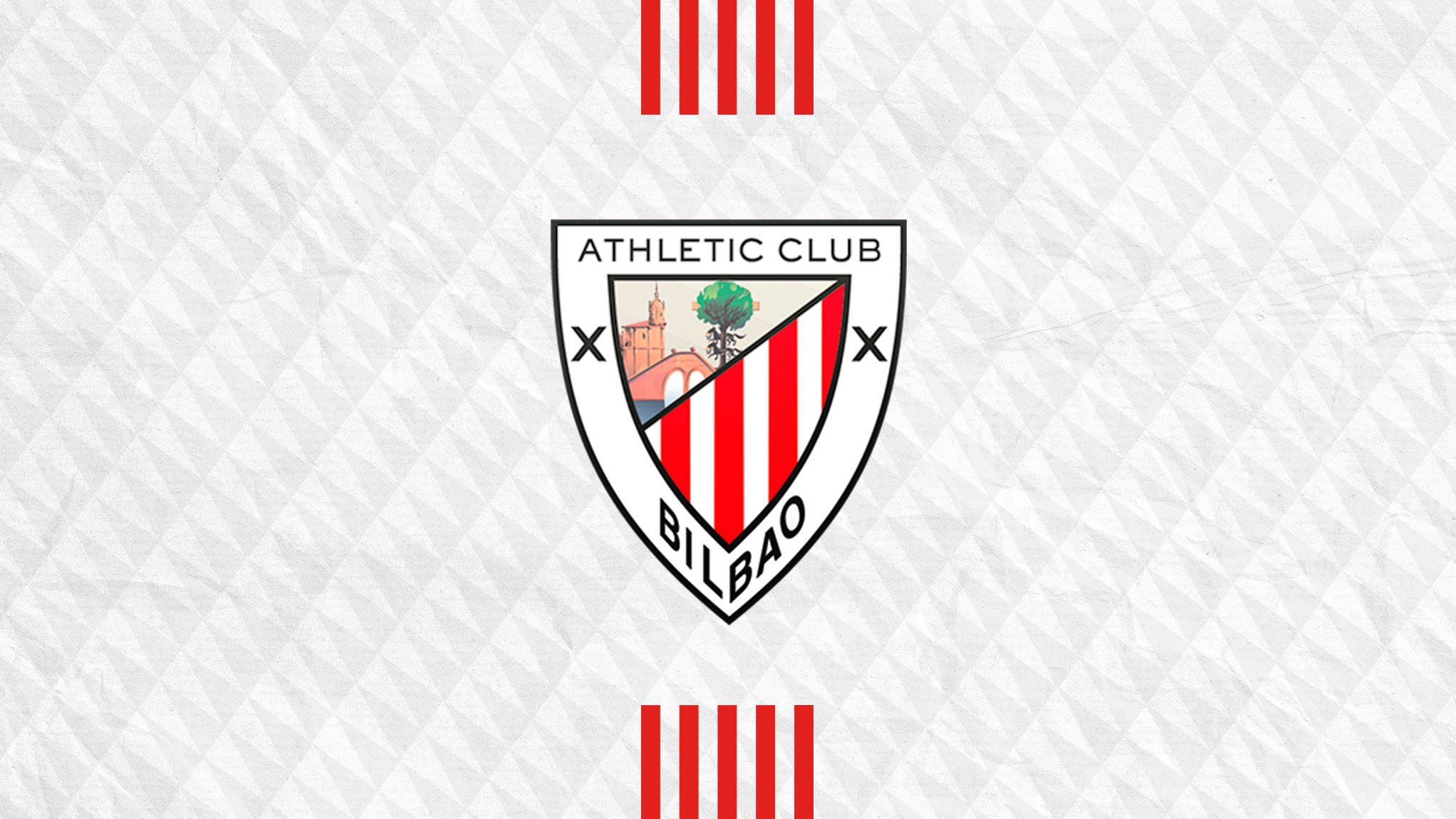Chapter VI: the ’82 World Cup ‘cracks’
In 1982, our field was designated as an official World Cup Championship venue to hold…
In 1982, our field was designated as an official World Cup Championship venue to hold three matches of the head of the series, England, in the first round.
Months before, Ron Greenwood’s pupils got to know La Catedral first-hand in the tribute to Rojo I (1-1). Kevin Keegan, author of the goal, and Bryan Robson, the leader of the English football in the 80s, were present at that appointment and returned to newly remodelled San Mamés for the World Cup along with Peter Shilton, the defence Phil Neal, the strikers Trevor Francis and Paul Mariner, Ray Wilkins and Glenn Hoddle, a midfielder equipped with extraordinary game vision. We also saw Keegan, a double Golden Ball winner (1978 and 79) with Hamburg and a historical player with Liverpool (with which he won three European titles), managing Newcastle in the 1994/95 UEFA. On the other hand, we saw Robson score in Bilbao the fastest goal (27′) in the history of a World Cup (in 2002 he was surpassed by the Turk Sükür). He scored it against France which was led by the current UEFA president, Michel Platini, a triple Golden Ball and the best footballer in the history of his country along with Zidane. Another ‘aristocrat’ of the ball, Alain Giresse, stood out in a team that also appeared in San Mamés with Maxime Bossis, Marius Tresor, Dominique Rocheteau, Jean Tigana and Patrick Battiston, a defence who was inactive six months with a fractured jaw, broken teeth and vertebrae injuries due to the collision with the German goalie Schumacher in the semi-final. So much he as Giresse, the greatest of all that have passed through Girondins of Bordeaux, played against the Athletic champions in the first round of the 1984/85 European Cup, after having won the EuroCup two months earlier. France had already warned of the beginning of a golden era by finishing fourth in that World Cup and after being surpassed in the consolation final by the revelation team of the tourney, Poland, that also played a friendly match against the rojiblancos before the World Cup appointment (1-4), leaving its seal of quality with players of the stature of Zbigniew Boniek, one of the ‘flagships’ of the unrivalled Juventus at the time. With the echo of the Italian victory of the ’82 World Cup still ringing, the VIII Villa of Bilbao Trophy was organized. In the final, Athletic succumbed to the penalties by Atlético Mineiro of Toninho Cerezo, who along with Zico, Sócrates and Falcao made up one of the best midfield squad in the history of ‘canarinha’, and Eder, a winger with a powerful left-foot.
The club of Belo Horizon had eliminated Hamburg in the penalty shoot-out, which that season was going to become the king of Europe against Juventus with a goal from by Felix Magath from outside the area. The stars that played the Bilbaoan trophy were Horst Hrubesch, nicknamed ‘The Header Beast’ for obvious reasons, and the winger Manfred Kaltz, an all-out 4X4 on the right wing. The following year, Javier Clemente’s Athletic fell in the round of 16 of the 83/84 European Cup against Liverpool, that was the hegemonic club in England and that eventually became the tournament’s champion. Bruce Grobbelaar, the goalkeeper that simulated being scared by shaking his legs in the penalty shot that Graziani (Roma) missed in the final, the midfielder Graeme Souness and the forwards Kenny Dalglish (triple European champion) and Ian Rush (his goal in San Mamés brought us down from the tourney) were its pillars.
In 1985, Independiente de Buenos Aires, one of the most prestigious in Argentina, was the rojiblanco rival in the Tribute to Members (0-0). Its biggest star was Ricardo Bochini, sent off in San Mamés due to double yellow cards. In fact, one of the streets where the club’s stadium is located, a club he played for nearly twenty years, carries his name. In May 1988, San Mamés was the scene of a commitment of Euskadi before the Tottenham Hotspur, where the quality of Chris Waddle shone. And in August, Everton took part in the Tribute to Sarabia before Howard Kendall’s Athletic, with whom the English club had lived its best years, including two Liga titles and one Recopa. Four ‘survivors’ of that European feat disputed the match in Bilbao: the goalkeeper Neville Southall, the player that has donned the ‘Toffees’ jersey the most times (751), Peter Reid, Kevin Sheedy and Graeme Sharp.
The match ended 3-2, the same score of the match that took place in November against Juventus in UEFA, with two goals by Andrinua and another by Uralde; however, it was not enough to pass the round. In the Juventus squad, managed by Zoff, Michael Laudrup stood out and there were two consecrated world champions, the attacker Alessandro Altobelli and the left winger Antonio Cabrini.

